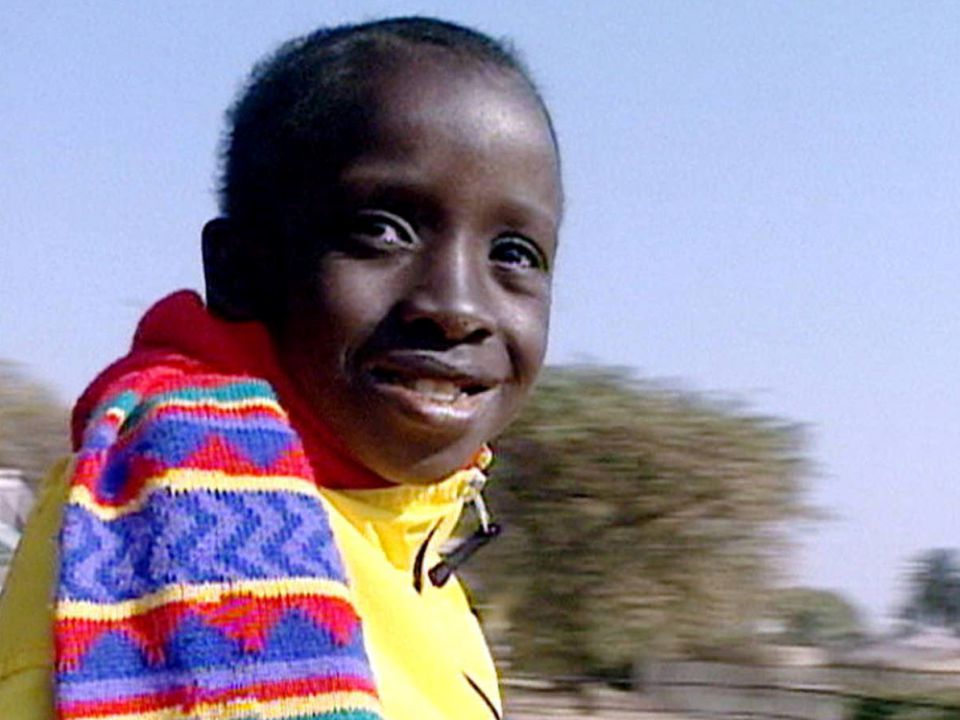Remembering a child hero … Nkosi Johnson
By Ismail Mahomed
Although the UN declared 20 November as the Universal Day of the Child most countries around the globe mark International Children’s Day on 1 June to draw attention to children’s issues. This follows the 1 June 1925 World Conference for the Well-being of Children (Geneva) resolution which proclaimed that every country should have a National day to focus on the plight and future of its children.
In 1991, the Organization of the African Unity declared 16 June as an annual celebration of International Day of the African Child to raise public awareness about investing in education opportunities in Africa. Across the continent the day is observed to mark the Soweto Uprising, a South African students’ protest that became known worldwide after Sam Nzima’s iconic photograph of the fallen Hector Pietersen who was gunned down by police and carried by youth activist Mbuso Makhubu with Hector’s sister, Antoinette, running alongside hit the front pages of newspapers across the globe. (16 June is marked as Youth Day in South Africa).
The period June 1 to June 16 could become 16 days of a different kind of activism if only some savvy marketing company saw the opportunity for a CSI initiate to work together with child-care agencies to launch and promote a campaign that every child should have access to quality education.
On this year’s International Day of the Child, I remember child activist Nkosi Johnson not only because he was formidable champion in the AIDS epidemic but also because he was a champion in creating access to educational opportunity.
Nkosi Johnson died on 1 June 2001 at the age of 12. He would have been 30 years this year had Thabo Mbeki not been so stubborn about his HIV policy during his tenure as President.
Nkosi Johnson died a year after he captured worldwide attention in Durban, when he chided President Thabo Mbeki in front of thousands at the 13th International Aids Conference, for the President’s handling of the epidemic.
In an obituary in The Guardian newspaper, Belinda Beresford wrote, “Throughout his short life Nkosi Johnson had been a symbol of HIV/Aids. His life encapsulated the reality, the injustice and the discrimination of the epidemic.”
In her obituary she tells the story of how the young champion grew up to become an international icon.
“At the age of two, Nkosi was left at a care centre for HIV-positive people by his mother. She was terrified of her community’s reaction were it to be known that she and her child were infected”.
Nkosi Johnson’s fate however took a different turn when Gail Johnson, a white woman director of the centre took Nkosi home and became his de facto foster mother.
Nkosi’s name was destined to make the headlines but not because he was a black child dying from Aids and adopted by a white woman in a South Africa that was only three years into Nelson Mandela’s Rainbow Nation. Instead, he first hit the headlines in 1997 when his primary school was not keen to accept an HIV-positive pupil.
Little did the school know that they would have to face the wrath of Gail Johnson who took the school on in the media and in the courts until Nkosi was fully admitted and allowed to enjoy all of the school’s curricular and extra-curricula programmes. Gail’s and Nkosi’s fight led to the education authorities reviewing its policies on school admissions.
When Nkosi Johnson stood on the stage in Durban at the 13th International Aids Conference, he delivered a very poignant message,
“Care for us and accept us – we are all human beings, we are normal, we have hands, we have feet, we can walk, we can talk, we have needs just like everyone else. Don’t be afraid of us – we are all the same”.
Nkosi died a year later. On his death Nelson Mandela issued a statement saying, “Nkosi Johnson has been an icon of the struggle for life and he fought fearlessly against this ruthless and parasitic infection. He has touched the hearts and inspired millions of people within and outside the country. Nkosi has been a great ambassador for our country and its people, particularly for millions of people living with HIV. We should not despair and lose hope. Let his life and example spur us on to be strong, resilient and vigorous in our fight against this dreaded infection.”
Nkosi Johnson received The World’s Children’s Prize posthumously for his fight for the rights of children with AIDS.
This year, on International Children’s Day, which marks the 19th anniversary of Nkosi Johnson’s death I remember him and his mother Gail, both of whom I had the privilege of meeting and being inspired by when I worked at the US Embassy. As we approach the 20th anniversary of his death next year, I hope that a South African theatre will consider telling the story about his life on stage.










